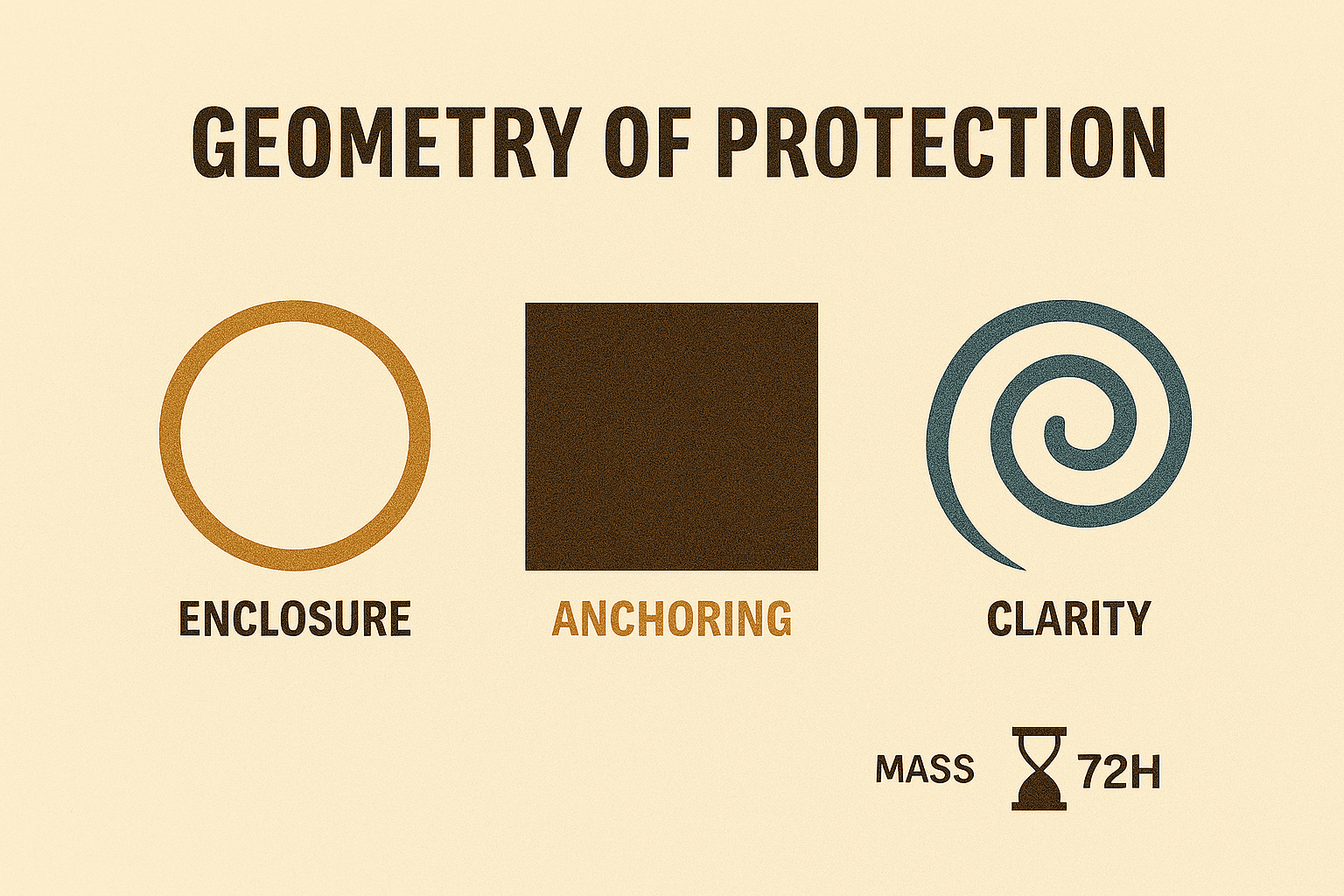If you have not already read “Apocalyptic Clarification“, please take one minute to do so before continuing.
This all makes more sense if you read the series in order. Here is the first post in the series.
(Blog Post 4 in the Nuclear War Survival Series)

Why Shelter Matters
Fallout is silent, invisible, and deadly over time.
Your best defense is mass and distance—putting distance between your location and all nuclear targets, and putting dense material between you and radiation, both particulate alpha and beta particles and non-particulate, gamma radiation.
Shelter is not just a structure—it’s a statement: “I choose to live.”
What Makes a Good Nuclear Fallout Shelter?
Key Principles:
- Density: The thicker the walls, the better the shielding. Water makes good shielding also. But generally the shielding effectiveness order is metal, then wood, and packed earth. You need three feet of packed dirt over your head if you are in a root cellar type of environment.
- Centrality: The more interior (think, the mid-most room in your basement) the space, the less exposure.
- Sealing: Prevent outside air from entering. Build a filtration system to draw clean air into your shelter.
- Duration: Plan for at least 48–72 hours of isolation. That is, once you close and lock your shelter door, it should not open for the first 72 hours. No exceptions. If you are admitting people into your shelter who have been exposed to the fallout they must leave clothing outside and be scrubbed clean upon entry.
Ideal Materials:
- Lead
- Concrete
- Earth (packed soil, clay)
- Brick (cinder block)
- Water (in containers—acts as shielding)
- Books, furniture, even filled trash bags can help (Cover your first-level floor with your books, and this will help to shield your basement from above).
Shelter Types
| Type | Pros | Cons |
| Basement | Naturally shielded, easy to seal | May flood or lack ventilation |
| Interior Room | Quick access, central | Limited space, less shielding |
| DIY Earth Shelter | Excellent protection | Requires prep and labor |
| Vehicle Shelter | Better than nothing | Poor shielding, short-term only |

If you have no basement, choose the most central room with no windows. Stack furniture, books, or containers around you to increase shielding.
Geometry of Protection
Think symbolically:
- A circle encloses and protects.
- A square stabilizes and anchors.
- A spiral draws inward toward clarity.
Your shelter can reflect these forms—physically or spiritually. Even the act of sealing a room becomes ritual: a boundary between chaos and clarity.
The Ark and the Cave

Shelter echoes sacred stories:
- Noah’s Ark: sealed from the storm
- Elijah’s cave: refuge in crisis
- The womb: protection before rebirth
You are not hiding. You are preparing to emerge.
Mental and Emotional Tips
- Keep light sources (flashlights/batteries, candles)
- Bring books, music, games for kids, and spiritual texts
- Journal your thoughts—turn isolation into reflection This can help pass time and provide valuable content for retrospect.
- Stay hydrated and nourished. A good rule of thumb is that you will need 1.5 gallons of water per person per day in a fallout shelter for hydration, cooking, and hygiene.
What’s Next? In Chapter 5, we’ll explore Survival Kit Essentials—what to gather, why it matters, and how each item reflects both practical and symbolic value.
There is a valuable resource on Facebook regarding nuclear war survival that I recommend you visit. You can also download the Nuclear War Survival Handbook from there. You should do this, because you are smart!
